PCR Cleanup and Gel Cleanup: Understanding Their Purpose and Applications
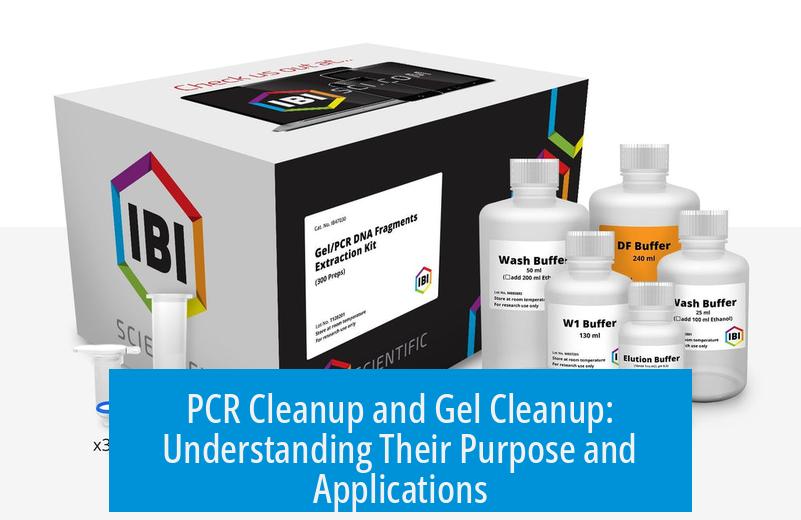
PCR cleanup and gel cleanup are critical steps in molecular biology workflows. Each method serves to prepare PCR products for specific downstream applications, ensuring accuracy and efficiency in experiments such as sequencing, cloning, and restriction digestion. This article clarifies when and why to use each cleanup technique, highlighting key considerations to optimize results.
What is PCR Cleanup?
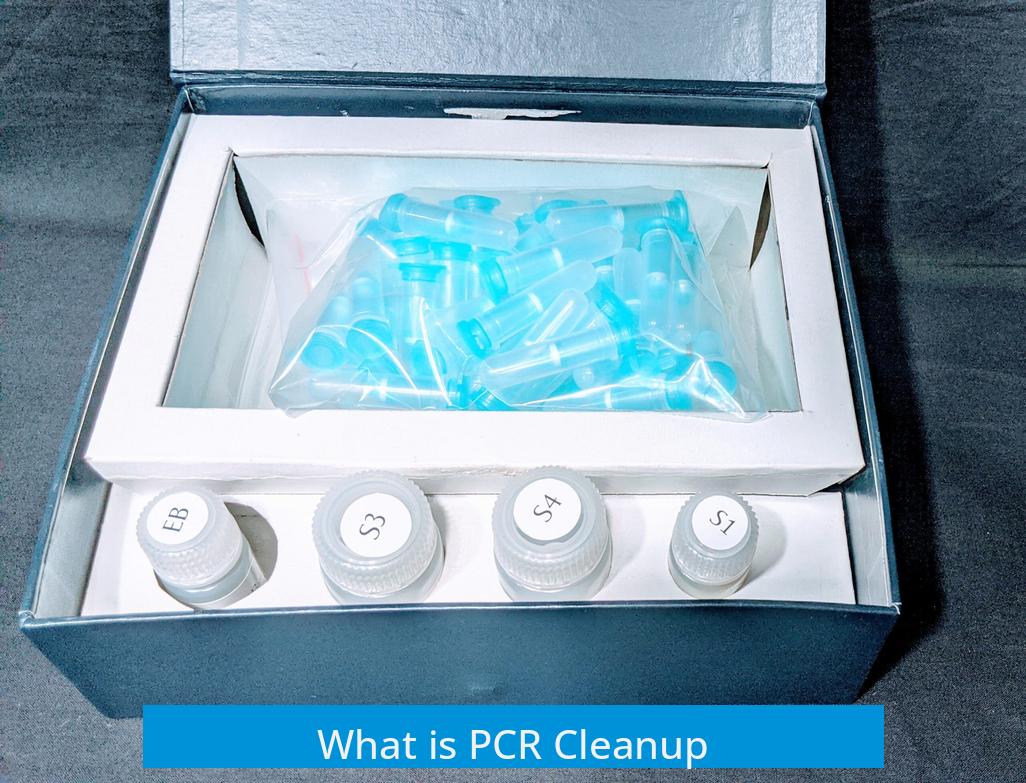
PCR cleanup refers to the process of purifying PCR products from a reaction mixture. This step removes unwanted components like primers, nucleotides, enzymes, and buffer constituents. The purified product is then suitable for downstream uses such as sequencing or further enzymatic manipulations.
When to Use PCR Cleanup
Whether to perform PCR cleanup depends largely on the intended downstream application of the PCR product. The nature of the subsequent process dictates how clean the sample must be.
- Diagnostic Restriction Digest: In cases of diagnostic restriction digestion, PCR cleanup is generally unnecessary. The PCR reaction is typically diluted about sixfold during the digest setup (e.g., 5 μL PCR product in a 30 μL reaction). This dilution reduces the concentration of original template DNA to negligible levels, avoiding interference with digestion.
- Sanger Sequencing: If the PCR product shows a single clear band on the gel and the amplification was efficient, direct use or dilution (at least 1:20) of the PCR product is possible for sequencing. However, many sequencing service providers require purified PCR products. Uncleaned PCR at concentrations diluted only 1:10 often inhibits Sanger sequencing reactions.
Benefits and Recommendations for PCR Cleanup in Sequencing
Cleaning PCR products before sequencing enhances the success rate and quality of sequence reads. Residual primers and nucleotides can interfere with sequencing chemistry. Purification also allows accurate quantification, which sequencing facilities often demand. Cleaned products enable precise template loading and reduce failure risk.
In company protocols like those from Plasmidsaurus or Qiagen, performing PCR purification kits yields consistent outcomes. Some sequencing platforms tolerate direct PCR usage if only one band is apparent, but cleanup provides insurance against potential reaction failure.
What is Gel Extraction (Gel Purification)?
Gel extraction is the isolation of a desired DNA band from an agarose gel after electrophoresis. This method physically separates the target product from unwanted DNA fragments, primer dimers, or nonspecific products.
When to Use Gel Extraction
- Cloning and Ligation: For cloning, gel extraction is strongly advised. This method removes original template DNA, which can interfere with transformations. It also excludes incomplete or shorter PCR products, which may competitively ligate more efficiently than the intended insert, undermining cloning success.
- Multiple Bands in PCR Reaction: If a PCR reaction yields multiple bands, gel purification allows recovery of only the correct fragment, enhancing downstream processes like sequencing or cloning.
Why Gel Extraction is Superior for Cloning
Simple PCR cleanup cannot eliminate template DNA or truncated products. The presence of template fragments can result in high background during cloning, often generating false positives or failed ligations. Digestion of templates into smaller pieces can further complicate ligations by misdirecting insert integration.
Gel extraction physically separates the target band under UV light, excising pure DNA for further use. Products obtained this way are cleaner and more reliable for cloning applications.
Summary Table: Choosing the Appropriate Cleanup Method
| Downstream Application | Cleanup Method | Important Notes |
|---|---|---|
| Diagnostic Restriction Digest | No cleanup necessary | PCR reaction diluted enough; template DNA negligible |
| Sanger Sequencing | PCR Cleanup recommended | Dilute 1:20 or clean and quantify for best results |
| Sequencing Multiple Bands | Gel Purification | Prevents interference from non-target bands |
| Cloning and Ligation | Gel Extraction strongly advised | Removes template and incomplete products; ensures clean insert |
Additional Considerations
Understanding what your PCR product contains is essential. A PCR reaction amplifies DNA fragments—it does not produce plasmids. To purify plasmids, a different procedure, such as a mini prep from transformed bacterial cultures, is necessary.
When planning molecular experiments, selecting the correct cleanup method can drastically improve outcomes. The decision balances purity requirements, presence of nonspecific products, and the nature of downstream applications.
Key Takeaways
- PCR cleanup optimizes samples for sequencing by removing residual reagents, improving reaction success.
- No cleanup is needed for diagnostic restriction digests that dilute PCR products sufficiently.
- Gel extraction physically isolates the correct DNA fragment, essential for cloning and when multiple bands appear.
- Using the wrong cleanup method can result in failed ligations or poor sequence quality.
- Sequencing of purified, quantified PCR products ensures reproducibility and meets service provider requirements.
- Recognize that PCR products and plasmids differ and require different purification approaches.
What is the difference between PCR cleanup and gel purification?
PCR cleanup removes primers, nucleotides, and enzymes from the PCR reaction. Gel purification isolates a specific DNA band from a gel, removing unwanted bands and contaminants. Gel purification is better when multiple bands are present.
When should I use gel extraction instead of a simple PCR cleanup?
Use gel extraction if you need a pure DNA fragment for cloning or ligation. It removes template DNA and incomplete PCR products that can interfere with cloning and ligation efficiency, unlike simple PCR cleanup.
Is PCR cleanup necessary before sending a product for Sanger sequencing?
Usually, yes. Clean the PCR product to remove impurities and quantify it for best results. If the PCR worked well and shows one clear band, dilution without cleanup may work, but many sequencing services prefer cleaned samples.
Can I sequence a PCR product with multiple bands after PCR cleanup?
No. Sequencing a product with multiple bands will likely fail. Gel purification is recommended to isolate the correct band before sequencing.
Do I need to clean my PCR product before performing a diagnostic restriction digest?
No cleanup is needed. The PCR reaction is diluted enough during the digest, and the template DNA is too minimal to affect the results.


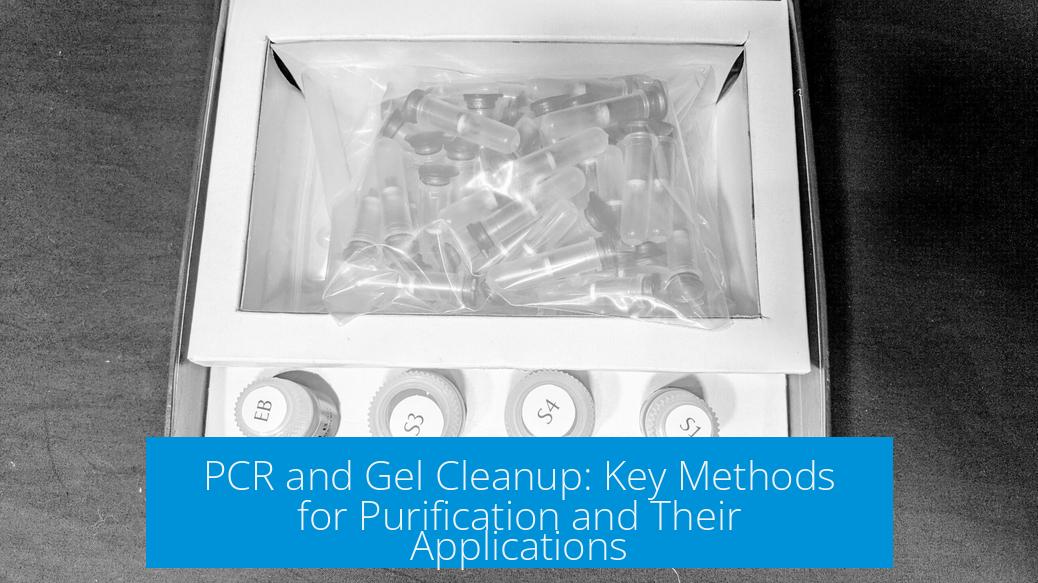
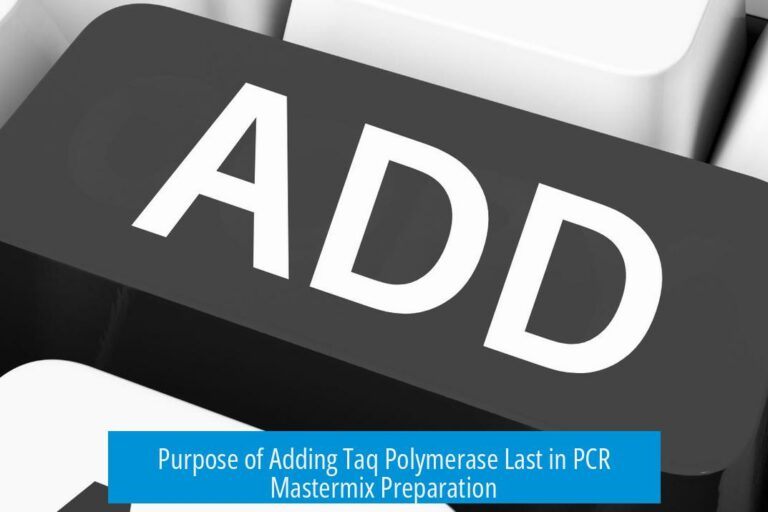
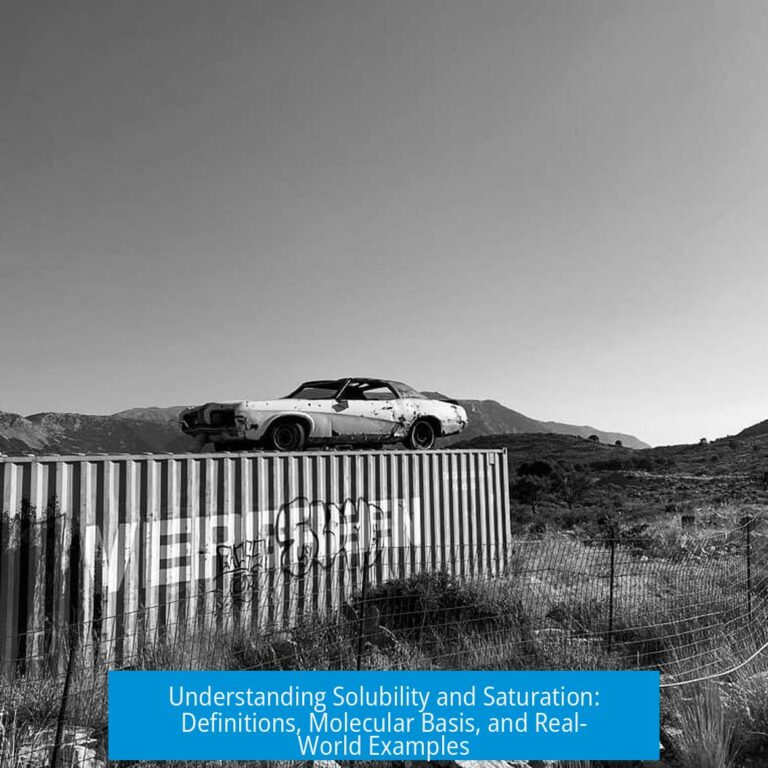
Leave a Comment